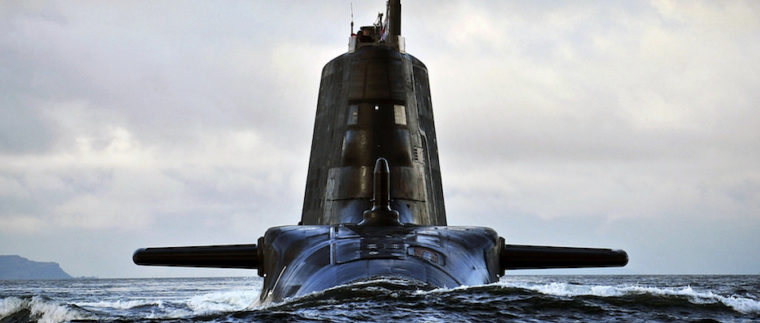The crew size of a submarine directly affects its size and cost. Submariner retention is also an enduring issue for the Navy. Identifying methods to potentially reduce crew sizes is therefore of both financial and operational importance.
The Maritime Underwater Future Capability (MUFC) manning study identified and assessed technologies that could be used by MUFC to help reduce manning levels. The recommendations from the study will be used to support balance of investment decisions for research funding by both dstl and the MUFC programme.
We performed the role of customer-friend throughout the Concept, Assessment, Demonstration & Manufacture phases. We advised the client and their team regarding which requirements and solutions could be traded, which had been met and which required more work from the prime contractor. We provided the primary technical input for the Test & Trials working group including outlining test methods, organising confidence-building trials and judging whether performance results were sufficient. We represented the customer at Preliminary and Critical Design Reviews and at Harbour and Sea Trials.
Optima worked extensively with customer team, Navy command, dstl and industry through a series of one to one meetings and stakeholder workshops in order to develop:
- Identification of technologies to automate tasks and reduce manning levels;
- Assessment of the Safety Integrity Level (SIL) requirements for each technology;
- Cost data for the maturation activities required for each technology;
- Technology roadmaps showing maturation timescales and key dependencies between systems of systems; and
- Trade off study and cost / benefit analysis of the technologies to support balance of investment decisions and research funding prioritisation.
The assessment of the costs, Safety Integrity Level (SIL) requirements, dependencies and development timescales of over 40 technologies and the development of the technology roadmaps culminated in a detailed and impartial cost / benefit analysis which prioritised the technologies and will be used by both dstl and the MUFC project team to support upcoming decisions on research funding.
The work praised by stakeholders from dstl and the MUFC project team as being of high quality with the detailed and impartial assessment of technologies, technology roadmap and trade off studies being used to support upcoming decisions on research funding and to help support future iterations of MUFC concept definitions. Optima received particular praise from the Rainbow team as being very proactive and supportive, helping out significantly on certain work packages that had fallen behind and were struggling to deliver.


